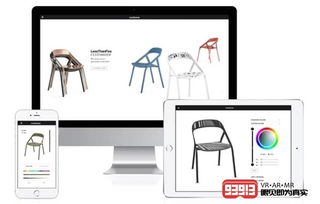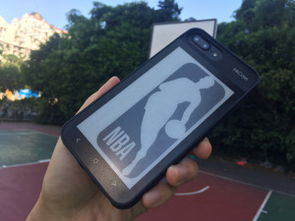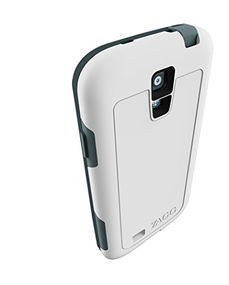Understanding AR: A Comprehensive Guide

Augmented Reality (AR) has revolutionized the way we interact with the world around us. By overlaying digital information onto the physical environment, AR provides a unique and immersive experience. In this article, we will delve into the intricacies of AR, exploring its various aspects and applications.
What is AR?

AR is a technology that enhances the real world with digital information. It overlays virtual images, sounds, and other sensory enhancements onto the user’s view of the real world. This is achieved through the use of cameras, sensors, and other devices that capture the user’s environment and then overlay digital content onto it.
AR Applications

AR has a wide range of applications across various industries. Here are some of the most notable ones:
| Industry | Application |
|---|---|
| Education | Interactive learning experiences, such as virtual dissections and historical reenactments. |
| Healthcare | Medical training, patient education, and remote assistance for surgeries. |
| Retail | Virtual try-ons for clothing and accessories, and in-store navigation. |
| Entertainment | Augmented reality games, such as Pok茅mon Go, and interactive movie experiences. |
AR Development Process
Developing an AR application involves several steps, from concept to deployment. Here’s a breakdown of the key stages:
-
Define the Application Scope: Determine the purpose and functionality of the AR app. Consider the target audience and the specific use case.
-
Select the Development Platform: Choose the appropriate AR development platform based on your requirements. Popular options include ARKit for iOS, ARCore for Android, and Vuforia for cross-platform development.
-
Collect and Process Data: Gather data from the real world using cameras, sensors, and other devices. Process this data to extract relevant information for the AR experience.
-
Feature Extraction and Tracking: Convert real-world objects into digital representations and track their positions and orientations in real-time.
-
Create Virtual Scenes: Utilize the AR development platform’s tools and APIs to create virtual scenes and integrate them with the real world.
-
User Interaction Design: Design the user interface and interaction methods to ensure a seamless and intuitive experience.
-
Testing and Optimization: Test the AR app to identify and fix any issues. Optimize the app for performance and user experience.
AR Hardware
In addition to software development, AR also requires specialized hardware. Here are some key components:
-
Cameras: Capture real-world images and video for processing.
-
Sensors: Detect the user’s position, movement, and orientation.
-
Displays: Present virtual information to the user.
AR Glasses
AR glasses are a popular form of AR hardware, offering hands-free interaction and a more immersive experience. They typically include the following features:
-
High-resolution display: To provide a clear and detailed image.
-
Camera: To capture real-world images and video.
-
Sensors: To detect the user’s position, movement, and orientation.
-
Processor: To process data and render the AR experience.
AR Development Platforms
Several AR development platforms are available, each with its own set of features and capabilities. Here are some of the most popular ones:
-
ARKit: Apple’s AR development platform for iOS devices.
-
ARCore: Google’s AR development platform for Android devices.
-
Vuforia: A cross-platform AR development platform that supports both iOS and Android.
-
Unity: A game










